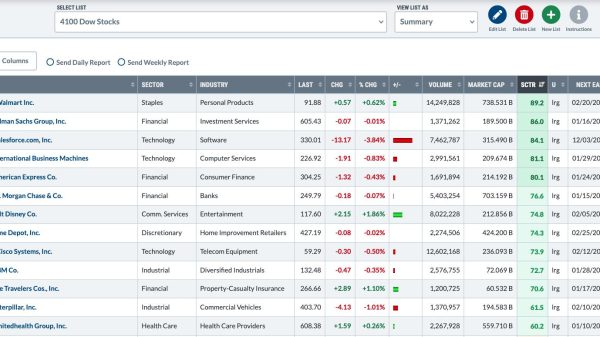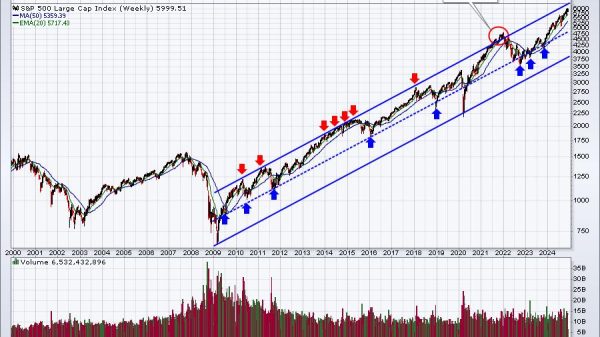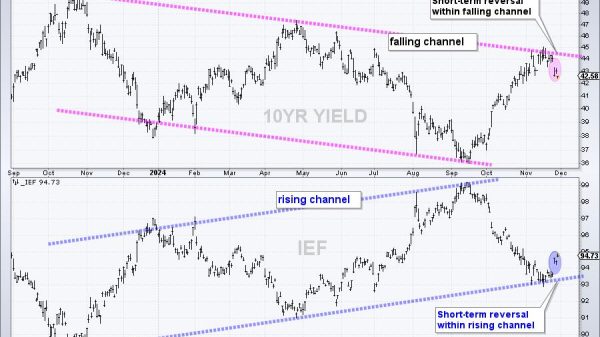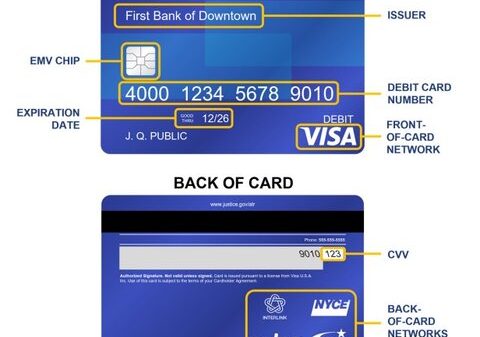In modern business, two crucial technologies—Real-Time Location Systems (RTLS) and Radio-Frequency Identification (RFID)—take centre stage for effective location tracking.
As businesses increasingly value real-time insights into their assets, distinguishing between RTLS and RFID becomes paramount.
RTLS provides instant visibility into the location of assets within a defined space. Whether monitoring personnel, tracking equipment, or managing inventory, RTLS offers a dynamic solution for precise insights into asset movements.
On the flip side, Radio-Frequency Identification serves as a digital identifier for assets, using radio frequency signals for identification. It powers contactless cards and inventory tags, playing a pivotal role across various industries. This blog aims to unravel the distinctions between RTLS and RFID by examining key parameters that define their functionalities.
In a world where efficiency and real-time decision-making drive success, the importance of location tracking cannot be overstated. This blog will dissect the complexities between RTLS and RFID, offering insights for businesses to make informed decisions based on their unique operational needs. Join us on this exploration as we navigate key parameters, uncovering where each technology excels and exploring how they can work together to provide comprehensive solutions.
Head-to-Head Analysis: RTLS vs. RFID
In location tracking technologies, the comparison between Real-Time Location Systems (RTLS) and Radio-Frequency Identification (RFID) is crucial for businesses seeking to optimize their tracking capabilities. Explore these two technologies in-depth, considering key parameters that set them apart.
Precision in Location Tracking:
RTLS stands out for its real-time precision, providing instantaneous and accurate location data down to a few meters. This makes it ideal for applications requiring constant monitoring and tracking within specific areas. In contrast, RFID, while accurate in identification, lacks real-time tracking capabilities and is better suited for static identification purposes such as inventory management and access control.
Real-time Visibility and Monitoring:
RTLS takes the lead in continuous, real-time monitoring, enabling businesses to track assets, personnel, or equipment dynamically. This is particularly valuable when immediate awareness of location changes is critical. On the other hand, RFID offers point-in-time identification but lacks continuous tracking capabilities, making it suitable for applications where real-time monitoring is not a primary requirement.
Range and Infrastructure Requirements:
RTLS relies on a network of sensors or beacons for precise tracking and, consequently, requires infrastructure investment. However, this investment translates into high accuracy within the defined range. With its reliance on readers, RFID is suitable for shorter-range applications, offering a cost-effective solution that may require more extensive infrastructure for broader coverage.
Applications and Use Cases:
RTLS excels in dynamic environments demanding real-time location insights, finding applications in healthcare, logistics, manufacturing, and smart facilities. Conversely, RFID’s strength lies in static identification, making it commonly used in inventory management, access control, and supply chain applications where real-time constraints are not as critical.
Scalability and Integration:
RTLS is designed to be scalable to accommodate growing business needs, necessitating seamless integration with existing systems for optimal performance. RFID is also scalable for various applications, with relatively easy integration into existing systems, making it adaptable to diverse environments.
Security and Data Privacy:
RTLS incorporates secure communication protocols for data transmission, adhering to stringent data privacy measures. This makes it suitable for applications like healthcare, where security concerns are paramount. While featuring robust security measures, RFID is generally applicable in scenarios where security concerns are not as critical.
In essence, the choice between RTLS and RFID is contingent on a business’s specific needs and priorities. RTLS offers real-time precision in dynamic environments, while RFID provides a cost-effective solution for static identification purposes. Understanding these key parameters empowers businesses to make informed decisions aligning with their operational goals and challenges.
To Conclude
The decision between Real-Time Location Systems (RTLS) and Radio-Frequency Identification (RFID) depends on specific operational needs. RTLS excels in real-time precision, crucial for dynamic environments like healthcare, while RFID provides a cost-effective solution for static identification, such as inventory management.
Infrastructure considerations are key; RTLS requires an initial investment for precise tracking with sensor networks, while RFID offers a budget-friendly option with readers for shorter-range applications.
Both technologies offer scalability. RTLS integrates into existing systems, albeit with careful planning, while RFID’s adaptability allows straightforward integration. Security measures vary; RTLS suits applications with stringent security, employing secure communication protocols, while RFID, with robust security, is apt for scenarios where security isn’t the primary focus.
Integrating RFID tracking software and discussion with RFID consultants can enhance the efficiency of the chosen technology. This conclusion marks the start of a strategic implementation journey, ensuring businesses optimize location tracking aligned with their goals in the ever-evolving technology domain. You can book a discussion with RFID consultants to better implement such technologies. Click here to learn more!
Read more:
Demystifying the Differences Between RTLS and RFID
























